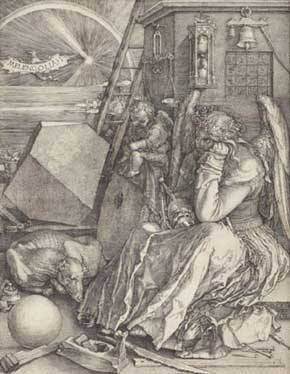
Luo Ping – Hanshan and Shide

Luo Ping – Portrait of Jin Nong
China’s 18th-century master painter Luo Ping at Metropolitan Museum
The first comprehensive exhibition of Luo Ping’s paintings ever presented in America, Eccentric Visions: The Worlds of Luo Ping (1733-1799) will bring together nearly 60 works, including many Chinese “National Treasures,” by one of the most celebrated painters in 18th-century China. Complemented by 27 pieces from American collections, this momentous international-loan exhibition will reveal the range and brilliance of the artist’s vision as well as his place among his peers. Highlights of the exhibition will include the sensational handscroll Ghost Amusements (ca. 1766)—one of the best known paintings in the late imperial China—depicting the world of ghosts that, he claimed, he had seen with his own eyes. The youngest of the so-called “Eight Eccentrics,” a group of highly individualistic artists active in the prosperous metropolis of Yanzhou, Luo Ping was an extraordinary artist, whose works influenced the course of later Chinese painting.
October 6, 2009-January 10, 2010
]]>
Born in the city of Yangzhou in 1733, Luo Ping’s literary and artistic talents attracted the interest of Jin Nong (1687–1763), an elder member of the “Eight Eccentrics of Yangzhou” and one of the leading figures in Yangzhou’s bohemian culture. Jin accepted the 23-year-old Luo as his student, and the two men maintained an unusually close friendship until Jin’s death seven years later.
In the latter part of his life, Luo Ping worked mostly in Beijing. Unlike the commercial center of Yangzhou, the Manchu empire’s capital was culturally conservative and classical literary studies and evocations of past styles were the chief concerns of scholars and government officials. This intellectual environment had a powerful influence on Luo Ping, and his later paintings increasingly referred to historical styles and themes
The exhibition opens with examples of Luo Ping’s early work including his arresting and highly unconventional Portrait of Jin Nong (ca. 1760), capturing his beloved mentor as a Buddhist saint poring over a Sanskrit scripture. The unflattering characterization, verging on caricature, pointedly evokes grotesque 10th-century depictions of Luohans (disciples of the Buddha) that Jin Nong admired.
An adjacent gallery will present two albums by Jin Nong that served as poetic and pictorial models for the young Luo, who is said to have occasionally acted as a ghost painter for the older artist, who was much better known as a calligrapher.
A key monument in Luo Ping’s efforts to establish his own artistic identity after his mentor’s death was his Ghost Amusement. Painted in the later 1760s, Luo carried this long handscroll with him for his entire career collecting commentaries by all of the leading intellectuals of his time. Luo claimed to be able to see ghosts and he developed a unique way of capturing their likenesses by first dampening the paper before he began to draw, thus creating images defined by blurred lines that are eerily evocative of an ephemeral vision that he created.
Like Jin Nong, Luo was a devout Buddhist and a number of his paintings reflect this. One outstanding work is his iconic image of the Chan (Zen in Japanese) Buddhist masters Hanshan and Shide, whose unconventional behavior was seen as a manifestation of their lofty unworldliness. Luo’s hanging scroll, dating from the 1770s, depicts the 8th-century hermit-poet Hanshan (“Cold Mountain”) and the scullery boy Shide in a spontaneous ink wash manner evocative of the Chan practitioner’s goal of “sudden enlightenment,” Luo Ping’s public success was accompanied by a particularly harmonious family life. At the age of 19, he married the poet and painter Fang Wanyi (1732–1779). Together with their children, the artist couple specialized in depictions of plum blossoms, a richly symbolic motif suggestive of renewal and moral purity. The exhibition will include some of the best examples of this subject, which was also a favorite of Jin Nong’s.
Follow us on:


